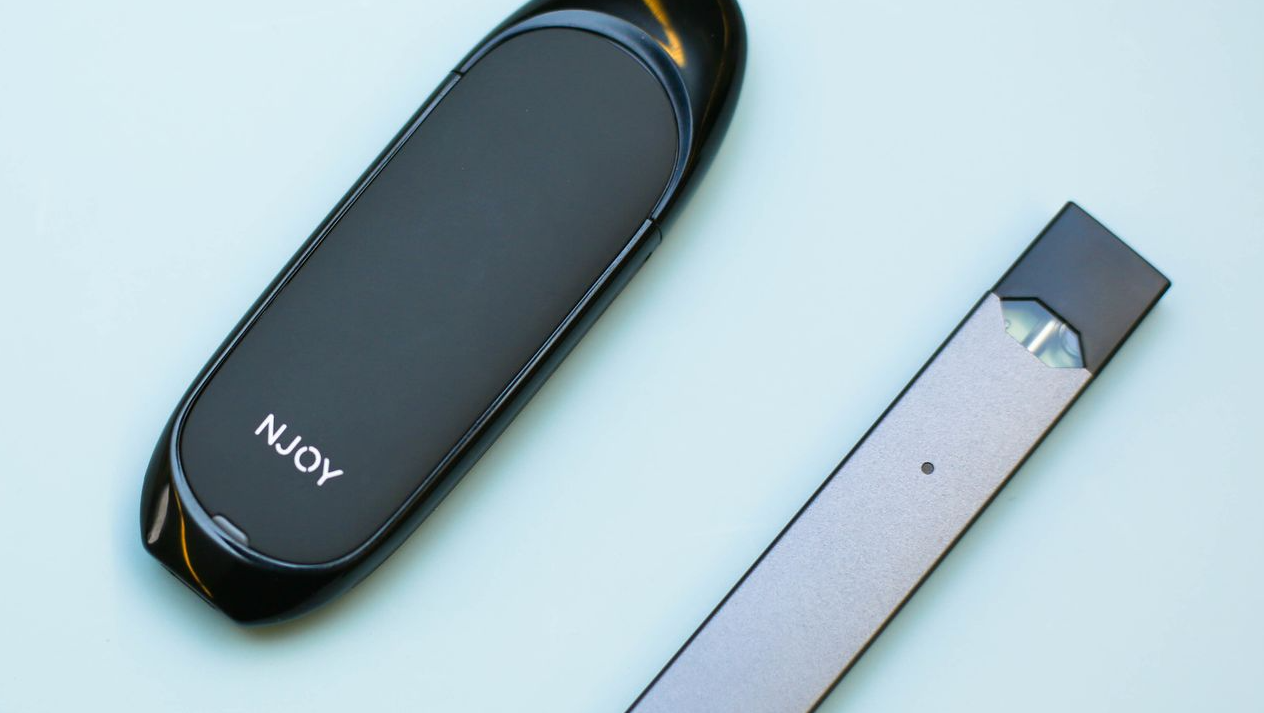The Food & Drug Administration (FDA) Center for Tobacco Products finds itself grappling with an array of regulatory challenges, particularly in its mission to minimize and eventually eliminate tobacco-related diseases and deaths. In 2009, the FDA set its sights on curbing underage tobacco use, aiming to raise the age of initiation to encourage better decision-making among young individuals. This strategy appeared successful as the number of cigarette smokers among 18- to 25-year-olds dropped to 5.3%, half of the national average.
However, a game-changer emerged in the form of vape products. Since their introduction into convenience stores and smoke shops in 2011, vape brands have seen a tremendous surge in usage. Between January 2020 and December 2022, retail e-cigarette sales skyrocketed by 47%. Alarming data from the National Youth Tobacco Survey revealed that 2.5 million middle and high school students were using vape products, accounting for a staggering 11.5% of 12- to 17-year-olds—nearly triple the rate of adult usage.
While the FDA's strategy had a positive impact on cigarette smoking, it didn't translate well to vape. Perceived as a safer alternative, vape products inadvertently encouraged a new wave of nicotine addiction among young users. The FDA's emphasis on addiction to nicotine without tobacco toxicity led to the popularity of alternative nicotine products like pouches and lozenges, but their lack of flavors left a void, pushing users back to cigarettes.
Amidst the challenges posed by vape and tobacco, premium imported cigars proved too complex for the FDA's regulatory processes. The future regulation of hemp cigarettes also remains uncertain, with rules yet to be proposed, leaving significant gaps in the market. Meanwhile, the FDA made its most significant move yet in 2022, proposing a ban on menthol tobacco cigarettes and flavored tobacco cigars in retail stores, aiming to reduce cigarette consumption by 25% and protect vulnerable populations.
However, every ban or restriction inadvertently creates opportunities for new products to enter the market. As a result, a novel range of nicotine-free flavored combustible non-tobacco smoking products is set to revolutionize the industry. These products, free of tobacco and nicotine, offer enjoyable alternatives to traditional smoking.
While the Biden administration is working towards reducing cigarette nicotine content to non-addictive levels, the emergence of nicotine-free menthols and other flavors provides an alternative path. Companies like STG, Djarum, Global Tobacco, CBD Singlz, and TAAT are actively developing nicotine-free, non-tobacco smoking products infused with botanical blends, hemp, or CBD. With the FDA bans creating retail shelf space, these innovative products can enter the market without facing FDA regulatory authority, presenting both challenges and opportunities.
In the midst of these changes, the FDA faces the dilemma of balancing its priorities and resources. Cigarette usage has seen a significant decline from 19% to 11.7% since 2009, and nicotine-free smoking products are on the horizon. As the FDA contemplates its role in this new landscape, it may choose to take a backseat on the regulation of nicotine-free combustibles.
http://www.showroom-onair.com/question/underage-vape-sales/
https://www.mth.tw/siactivity_info1/?dwqa-question=rising-trend-of-school-children-vaping
https://successpublishing.com/question/alarming-rise-in-school-children-vaping/
https://satitmattayom.nrru.ac.th/?dwqa-question=the-rise-of-vaping-among-school-children
https://cl-system.jp/question/responsible-vape-disposal/
http://xn--90advk.xn--p1ai/question/recycling-disposable-vapes/
https://platform.blocks.ase.ro/blog/index.php?entryid=27465
https://platform.blocks.ase.ro/blog/index.php?entryid=27893
https://moodlehub.ca/blog/index.php?userid=3746
https://moodlehub.ca/pluginfile.php/1/blog/attachment/3572/bat-heightened-focus-vaping.pdf
https://moodlehub.ca/blog/index.php?entryid=3448
https://moodlehub.ca/blog/index.php?entryid=3481
https://moodle.esstu.ru/blog/index.php?userid=63950
https://mooc.ifro.edu.br/blog/index.php?userid=24117
https://mooc.ifro.edu.br/pluginfile.php/1/blog/attachment/2262/regulating-vaping-teen-health.pdf
https://innodairyedu.eu/moodle/blog/index.php?userid=2639
https://cblonline.org/elearning/blog/index.php?userid=163821
https://vapexxx.diary.ru/p0_disclaymer.htm
http://dom-nam.ru/media/kunena/attachments/153139/juul-labs-settlement.pdf
https://keymander.iogear.com/profile/49015/vapecig
https://kandi.openweaver.com/collections/ui-common/tobacco-and-vaping
https://www.sjccasg.org/group/communications-club/discussion/e07002b3-fe20-4550-a7b7-70dcbd2d2a00
https://www.kikyus.net/t16921-topic#18319
https://9jabooks.com/post-13191
https://fnote.net/notes/Q2X2Ln
https://stoneforce.copiny.com/question/details/id/761833
https://homment.com/p0sPZmjWDtCskIOWeG8f
Frequently Asked Questions (FAQs)
1. Are nicotine-free flavored combustible non-tobacco products safe to use? While these products do not contain tobacco or nicotine, it's essential to remember that smoking any substance can have health risks. The long-term effects of using nicotine-free smoking products are still being studied. If you are considering using such products, it's advisable to consult with a healthcare professional.
2. Are nicotine-free combustibles addictive? Nicotine-free smoking products do not contain nicotine, which is the primary addictive substance in traditional cigarettes. However, some users may find the act of smoking itself addictive. It's crucial to exercise caution and be mindful of any potential dependency on smoking habits.
3. How do nicotine-free flavored combustibles compare to traditional cigarettes in terms of taste? Nicotine-free smoking products often come in a variety of flavors, providing an enjoyable experience for those who prefer different tastes. However, individual preferences may vary, and some users might find traditional cigarette flavors more appealing.
4. Can I use nicotine-free flavored combustibles as a smoking cessation aid? While nicotine-free smoking products may be seen as an alternative to traditional smoking, they are not marketed as smoking cessation aids. If you are looking to quit smoking, it's best to seek guidance from healthcare professionals or use FDA-approved smoking cessation methods.
5. Are these nicotine-free products suitable for everyone? Nicotine-free smoking products are generally intended for adult use. Minors, pregnant individuals, and individuals with certain medical conditions should avoid using these products. It's essential to read product labels and follow any provided guidelines or warnings. If you have specific health concerns, consult your doctor before using these products.



